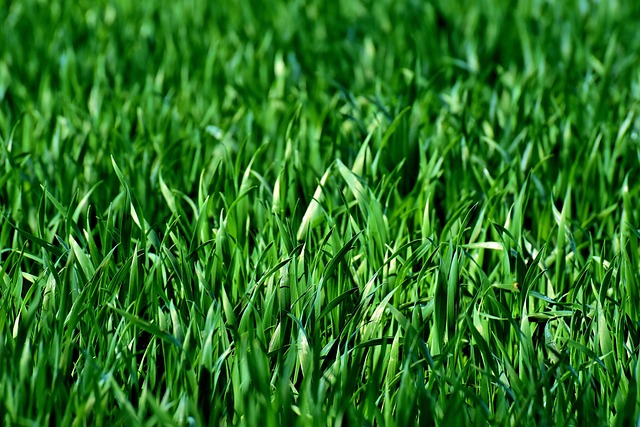Lawn fungus, a common issue in Colorado's summers, can be mitigated by identifying problems like brown patch and dollar spot, implementing proactive measures such as regular watering, air circulation, and fungicide application, and promoting thick grass cover. Post-treatment care includes deep root watering, compost application, maintaining balanced soil pH, proper mowing height, and quick clippings removal to ensure lawn resilience against heat and fungal reoccurrence in Centennial.
In Centennial, preparing your lawn for the scorching summer heat involves understanding and addressing the potential for fungus. Understanding Lawn Fungus and its Impact in Summer Heat explores the causes and consequences of fungal infections that thrive in warm, dry conditions. Learn preventative measures like proper watering techniques and mowing height adjustments to create a resilient lawn (Preventative Measures: Creating a Resilient Lawn). Discover post-treatment care strategies for maintaining a healthy environment that wards off fungus (Post-Treatment Care: Maintaining a Healthy Lawn Environment). Equip yourself to keep your Centennial lawn lush and vibrant all summer long.
- Understanding Lawn Fungus and its Impact in Summer Heat
- Preventative Measures: Creating a Resilient Lawn
- Post-Treatment Care: Maintaining a Healthy Lawn Environment
Understanding Lawn Fungus and its Impact in Summer Heat

Lawn fungus, a silent yet devastating enemy during Colorado’s summer months, can transform lush green landscapes into patchy, uninviting yards. The rising temperatures and increased humidity create the perfect breeding ground for fungal pathogens, leading to common lawn issues like brown patch and dollar spot. Understanding these fungi is the first step in preparing your lawn for the Centennial heatwave.
Centennial residents must be proactive to safeguard their lawns. Regular monitoring becomes crucial as early detection allows for swift action. Maintaining proper watering practices, ensuring adequate air circulation, and applying fungicides preventatively can go a long way. By adopting these measures, you’re not just protecting your lawn; you’re enhancing its resilience, ensuring it thrives during the summer heat while also mitigating the unsightly and damaging effects of fungal infections.
Preventative Measures: Creating a Resilient Lawn

Creating a resilient lawn is key to preventing fungal infections, especially when preparing for the summer heat in Centennial. A healthy lawn can better withstand stress from high temperatures and limited water, which are prime conditions for fungus to thrive. Regular care practices like consistent watering during dry spells, ensuring proper drainage, and mowing at the correct height promote robust grass growth. Additionally, aerating your lawn helps reduce soil compaction, allowing for better air circulation and root development.
Fertilization is another crucial aspect of building lawn resilience. Using a balanced fertilizer can strengthen the grass against fungal diseases. However, it’s essential to follow application guidelines carefully; over-fertilizing can cause rapid grass growth that may become vulnerable to fungus. Furthermore, maintaining a thick lawn cover shades the soil, reducing excessive heat and creating an environment less favorable for fungal spores to germinate.
Post-Treatment Care: Maintaining a Healthy Lawn Environment

After successfully identifying and treating a lawn fungus, proper post-treatment care is essential to ensure a healthy and vibrant lawn environment in Centennial. The first step involves preparing your lawn for the impending summer heat. This includes increasing water efficiency by promoting deep root growth; thus, less frequent but more extensive watering is recommended. Applying organic matter such as compost can also help maintain soil health and moisture retention capabilities.
Additionally, maintaining a balanced pH level in the soil is crucial. Lawn fungus thrives in acidic conditions, so regularly testing and adjusting the pH as needed will deter future fungal infections. Regular mowing at the appropriate height for your grass species and removing clippings promptly to prevent the spread of spores further contributes to a healthy lawn ecosystem.
Preparing your lawn for summer heat in Centennial starts with understanding and addressing fungal issues. By implementing preventative measures like proper watering, mowing, and fertilization, you can create a resilient lawn that’s less susceptible to fungus. After treatment, maintaining a healthy lawn environment through excellent drainage, air circulation, and regular monitoring is key. Following these steps ensures your lawn not only survives but thrives during the hot summer months.
